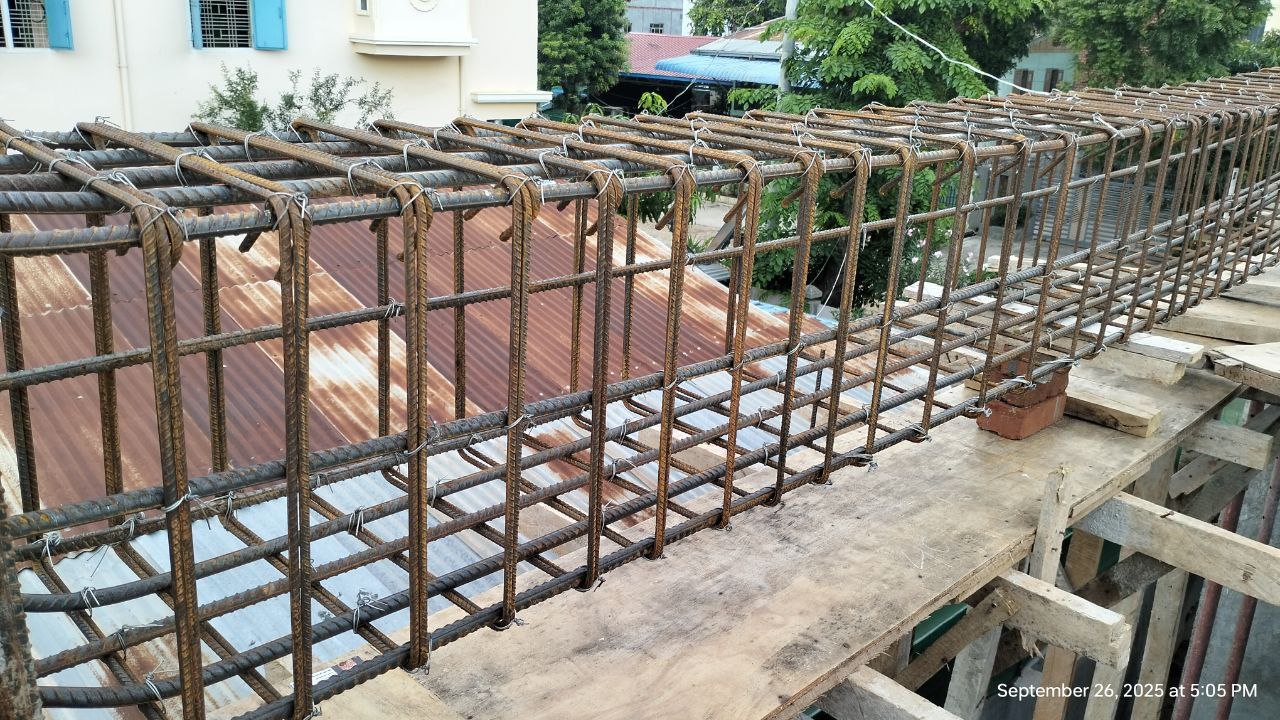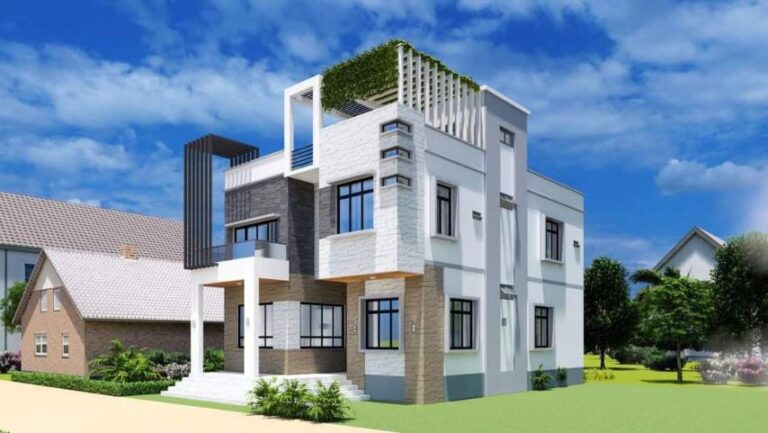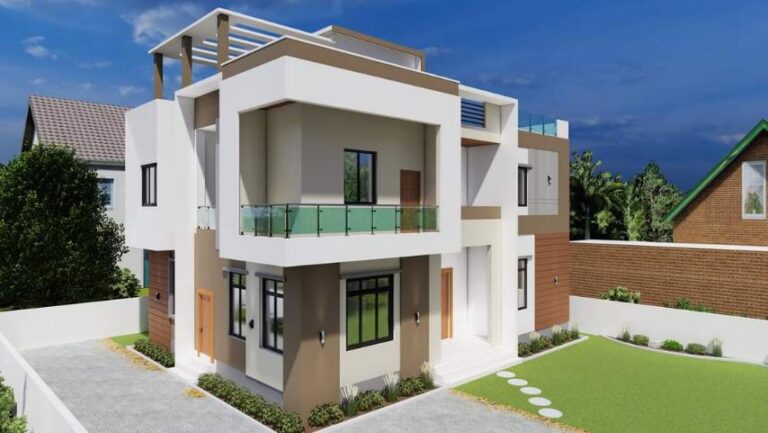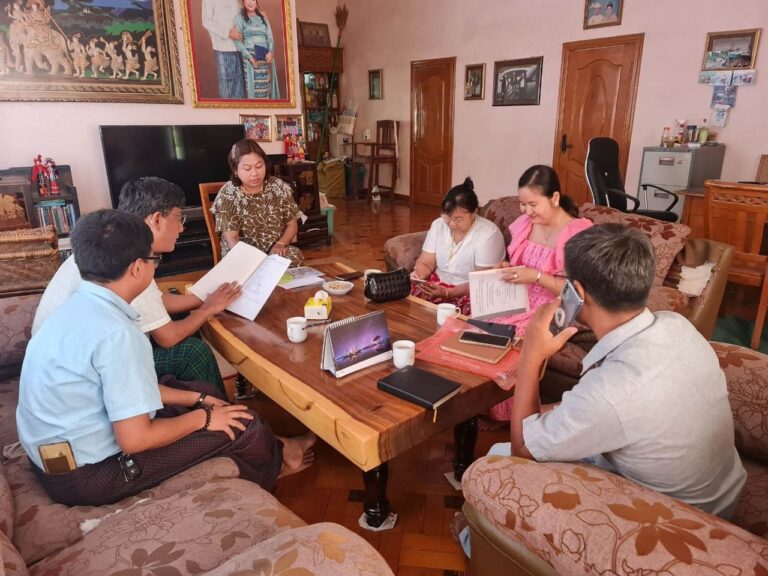Earthquake-Resistant Beam Design
When designing a beam for any building, engineers must consider three key structural forces:
✅ Flexural Strength for the main reinforcement
✅ Shear Strength for the stirrups
✅ Torsional Strength for both main bars and stirrups
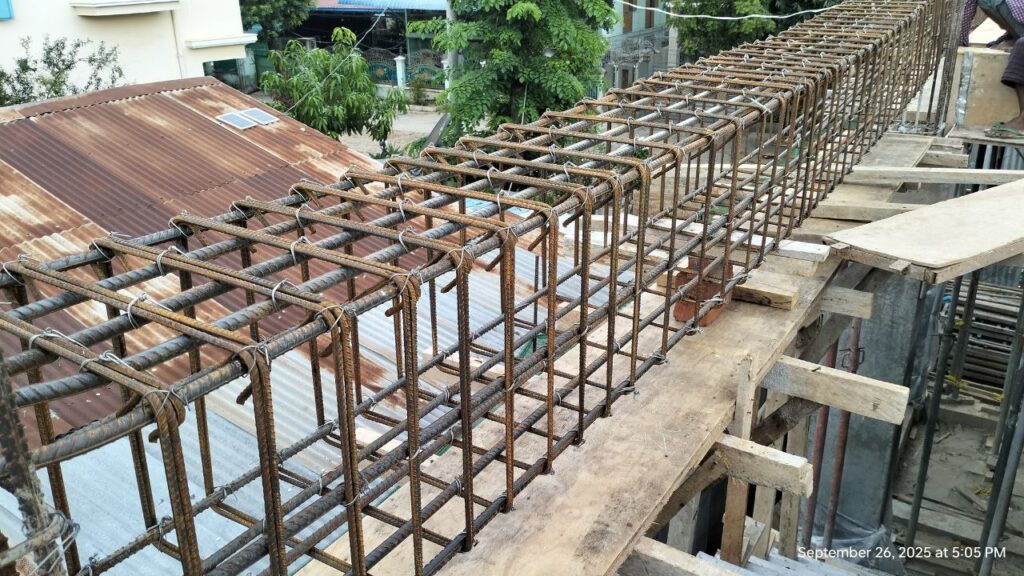
Each factor plays a crucial role in ensuring that a structure can withstand not only daily loads but also extreme forces like earthquakes.
1. Flexural Strength – The Core of Beam Design
Flexural strength primarily focuses on the main bars (reinforcement steel) that handle the bending moment of the beam. These bars rely on their yield strength, which allows them to give early warning signs before failure — an important factor during seismic activities or heavy load impact.
2. Shear Strength – The Role of Stirrups
Unlike the main bars, stirrups (shear reinforcement) are calculated based on how much load the concrete itself can handle.
The excess load — beyond what concrete can carry — is then supported by the stirrups, which are vertical steel links that hold everything together.
However, during an earthquake, if the stirrups are insufficient, the structure may collapse suddenly without warning.
That’s why engineers sometimes add extra shear reinforcement to prevent sudden failure and ensure safety under unexpected conditions.
3. Torsion – The Combined Force
Torsion affects both main bars and stirrups, and it must be considered in every earthquake-resistant beam design. Ignoring torsional effects can cause twisting and severe cracking, especially in beams that connect asymmetrical or cantilevered parts of the building.
4. Stirrup Design and Earthquake Safety
Stirrups come in two main forms:
- 2-leg stirrups (single loop)
- 4-leg stirrups (double loop)
In seismic-resistant structures, 4-leg stirrups are often used to handle higher shear and torsional demands.
By properly designing and spacing these stirrups, engineers can minimize the risk of sudden collapse during an earthquake — ensuring the building remains stable and safe.
5. Engineering Judgement and Structural Safety
Creating an earthquake-resistant beam design requires more than just formulas — it demands engineering judgement.
A well-calculated combination of shear, flexure, and torsion resistance ensures the structure’s safety, durability, and longevity.
Our experienced engineers use advanced structural analysis and careful calculation to design beams that meet international safety standards while maintaining aesthetic integrity and cost-efficiency.
Building Strong, Safe, and Beautiful Homes
We believe that every project should combine strength, beauty, and safety.
From design to completion, our team pays close attention to every detail — ensuring your home or building can withstand both time and nature.
If you’re planning to build a home or commercial project that’s earthquake-resistant, durable, and high-quality, get in touch with our expert team today.
Contact Us
📍 Office: No. (4), Corner of Yankin (8) Street and Circular Road, Aung Mingalar Ward, Magway
📞 Phone: 09 534 1522 | 09 534 3943 | 09 972 033 355 | 09 431 840 31
📧 Email: kaungsetmaw.3943@gmail.com

